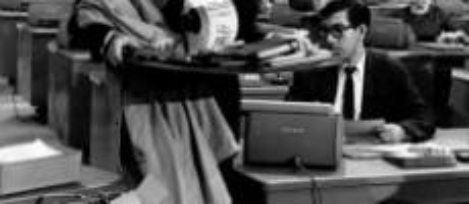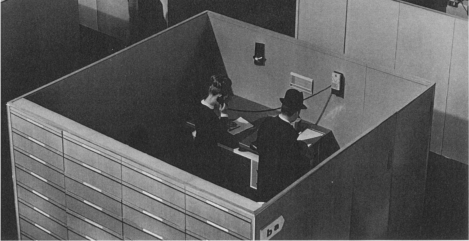April 13, 2013
Flexible working arrangements could help law firms attract talent
 A new report from recruitment consultants Douglas Scott claims that a greater use of flexible working in the UK’s law firms would help them attract and retain the best employees. The survey of staff from firms across the UK found that while only 19 per cent of employees currently enjoy flexible working, nearly half (43%) of respondents claimed flex-time is at the top of their wish list of employment benefits. The survey note a deal of variation across law firms with 73 per cent of public sector employees already on some form of flexible arrangement, compared to just 16 per cent across the board and only 13.6 per cent in the top 100 firms. Flexible working is enjoyed by more senior people with 20 per cent of qualified candidates enjoying flexible working compared to 7 per cent of support staff.
A new report from recruitment consultants Douglas Scott claims that a greater use of flexible working in the UK’s law firms would help them attract and retain the best employees. The survey of staff from firms across the UK found that while only 19 per cent of employees currently enjoy flexible working, nearly half (43%) of respondents claimed flex-time is at the top of their wish list of employment benefits. The survey note a deal of variation across law firms with 73 per cent of public sector employees already on some form of flexible arrangement, compared to just 16 per cent across the board and only 13.6 per cent in the top 100 firms. Flexible working is enjoyed by more senior people with 20 per cent of qualified candidates enjoying flexible working compared to 7 per cent of support staff.























April 11, 2013
Why we might all get more done if we did things more slowly
by Mark Eltringham • Comment, Technology
(more…)